For the past decade, photographerSuitcase Joehas been spending time at Skid Row in downtown Los Angeles.
This area, known for its population of people experiencing homelessness, often gets a bad rap.
Suitcase Joe was curious to connect with its inhabitants and learn more about their stories.
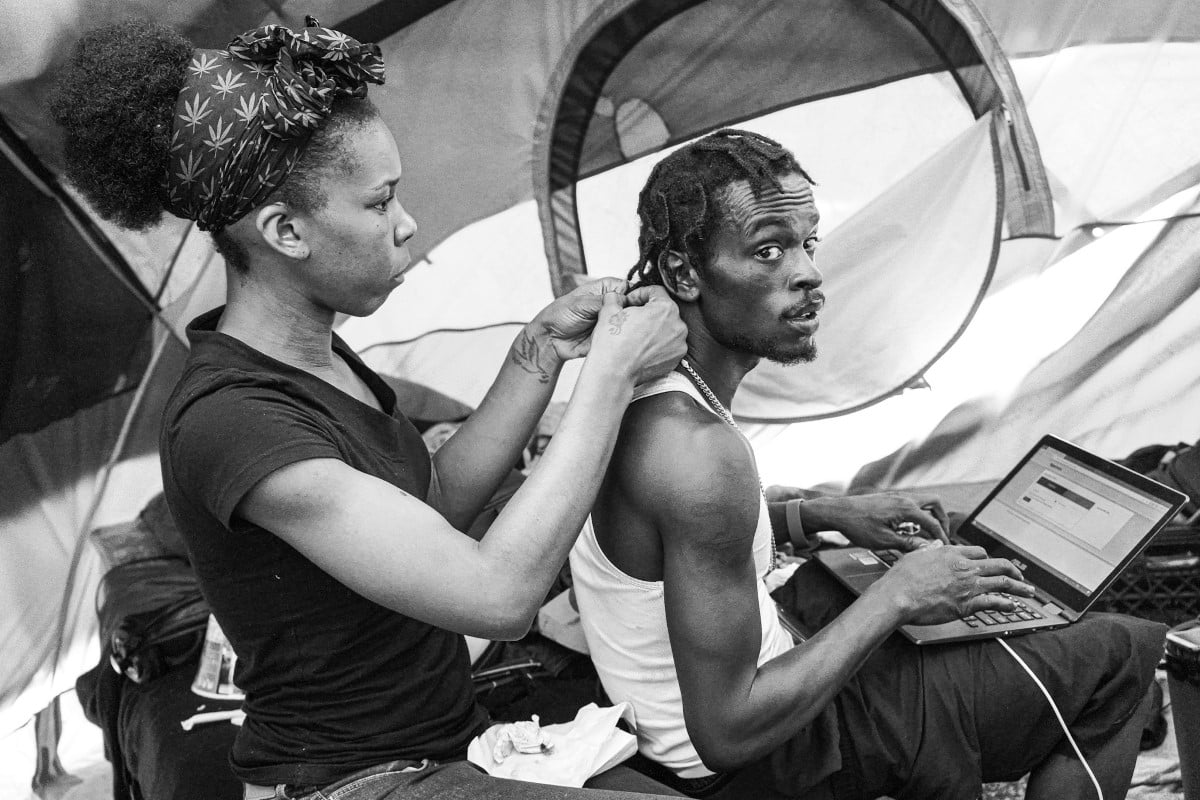
By approaching them with a genuine spirit, he’s found himself enriched by these encounters.
We had the opportunity to speak with Suitcase Joe about his photography.
Where does your love of photography stem from?
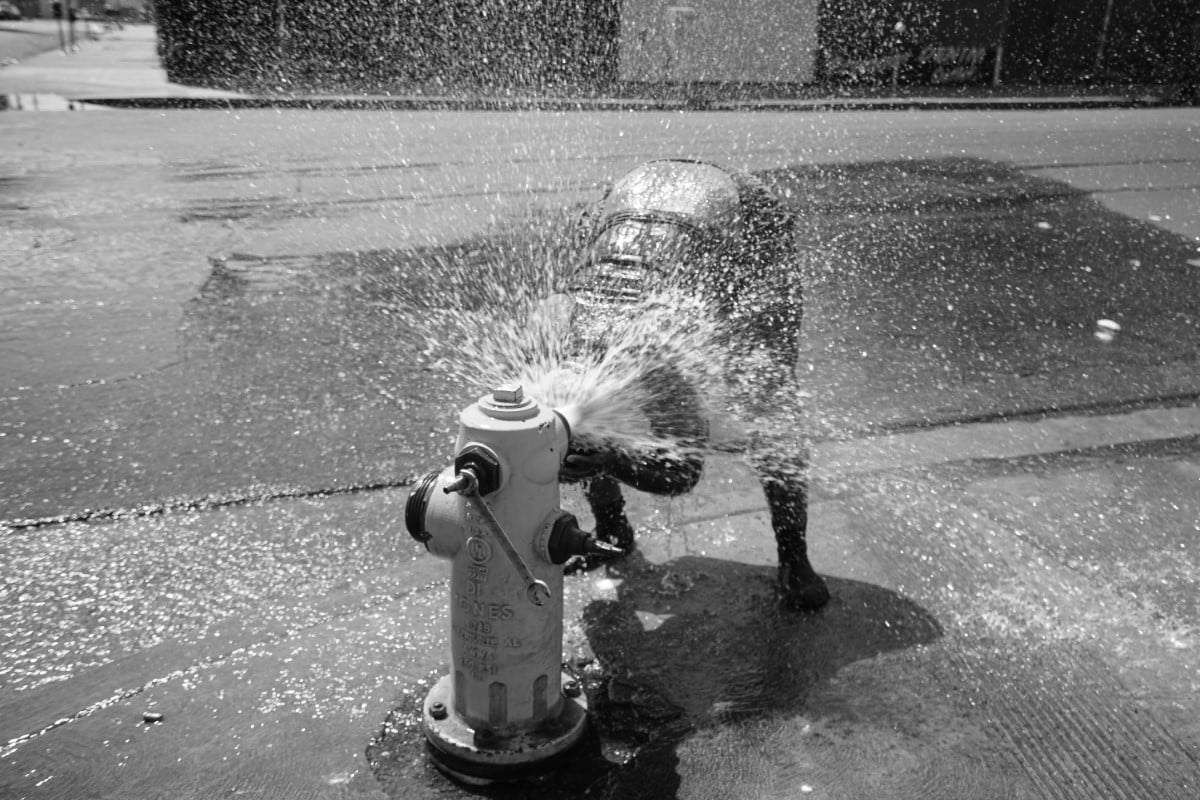
It’s hard to say exactly where my love for taking photos comes from.
I want my photos to make people feel the way books and authors have made me feel.
For me, photography is much more than taking photos.
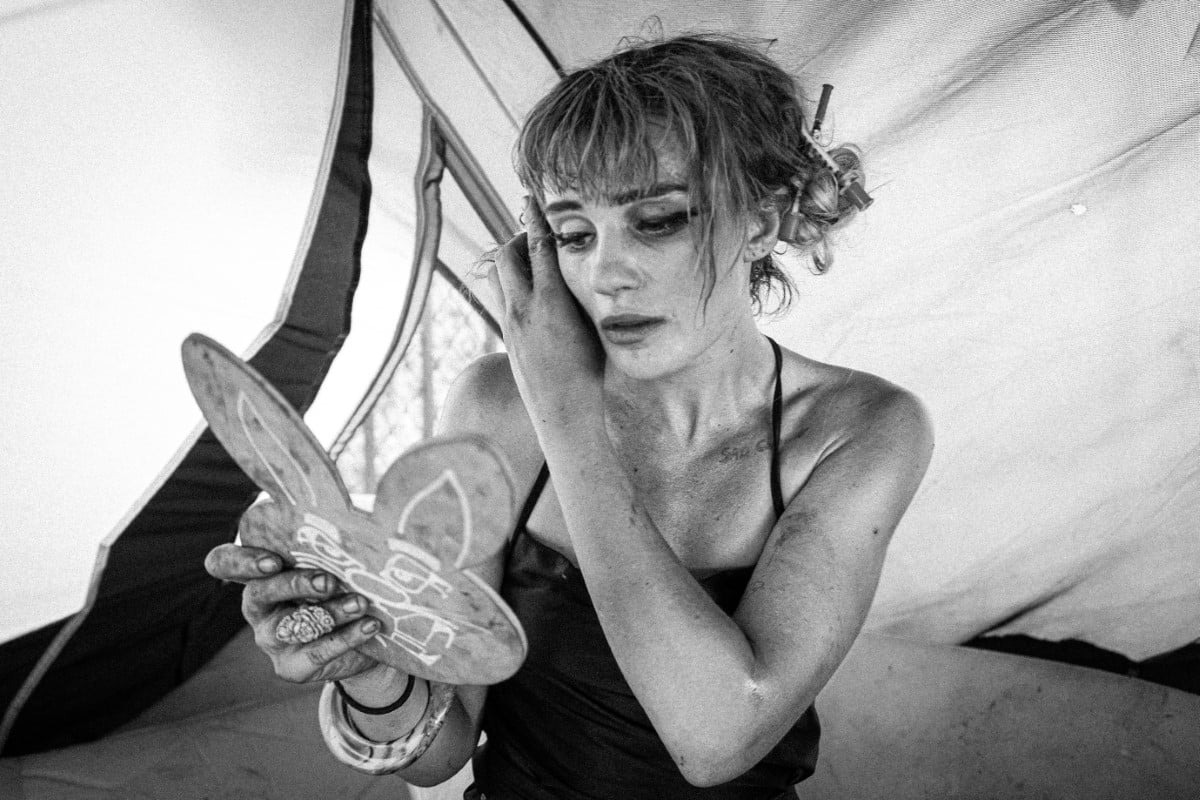
I love to be alone, to wander and explore.
I like meeting all kinds of people and talking with them to learn about their stories and life.
My camera and writing give me a reason to do all this.
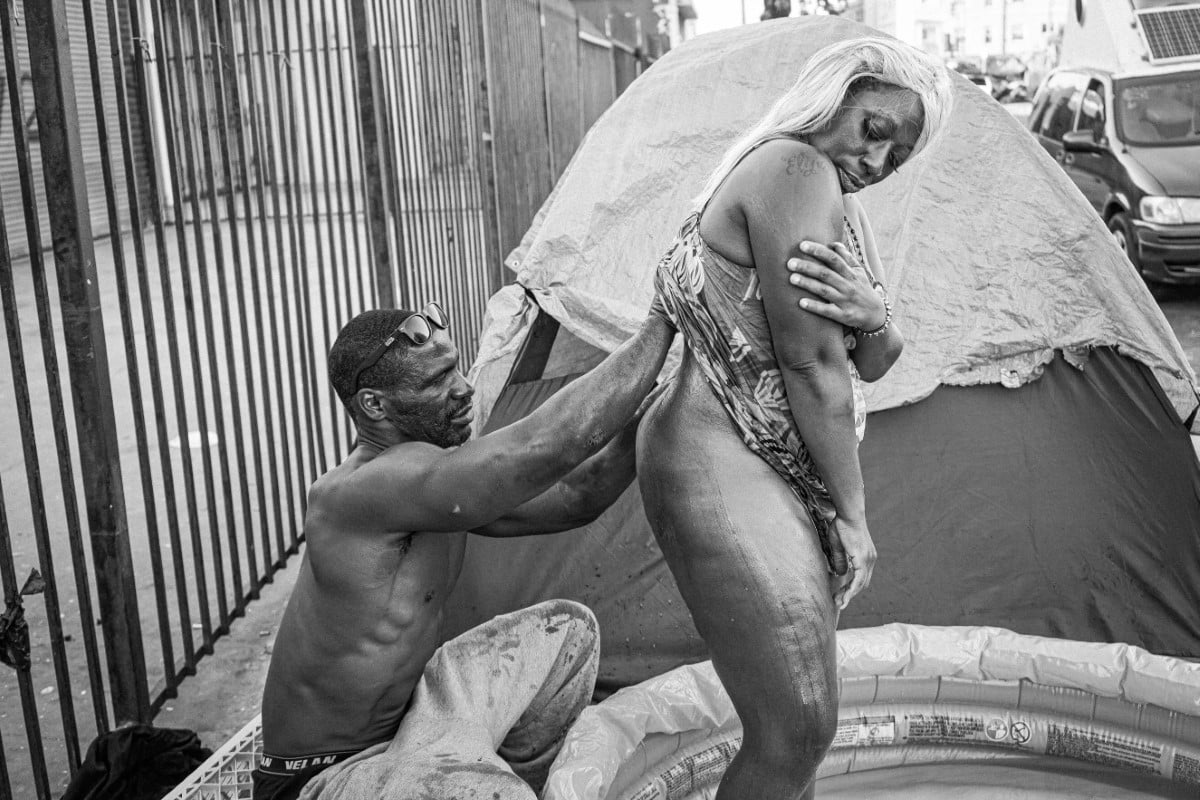
It really brings me the deepest kind of joya small quiet one that I take everywhere I go.
What first pushed you toward documentary photography?
It all happened organically for me.

I thought someone should photograph and document Skid Row for historical archives.
At first, I just wanted to photograph all the people living in Skid Row.
Soon I realized my photos alone were not enough to tell their stories.
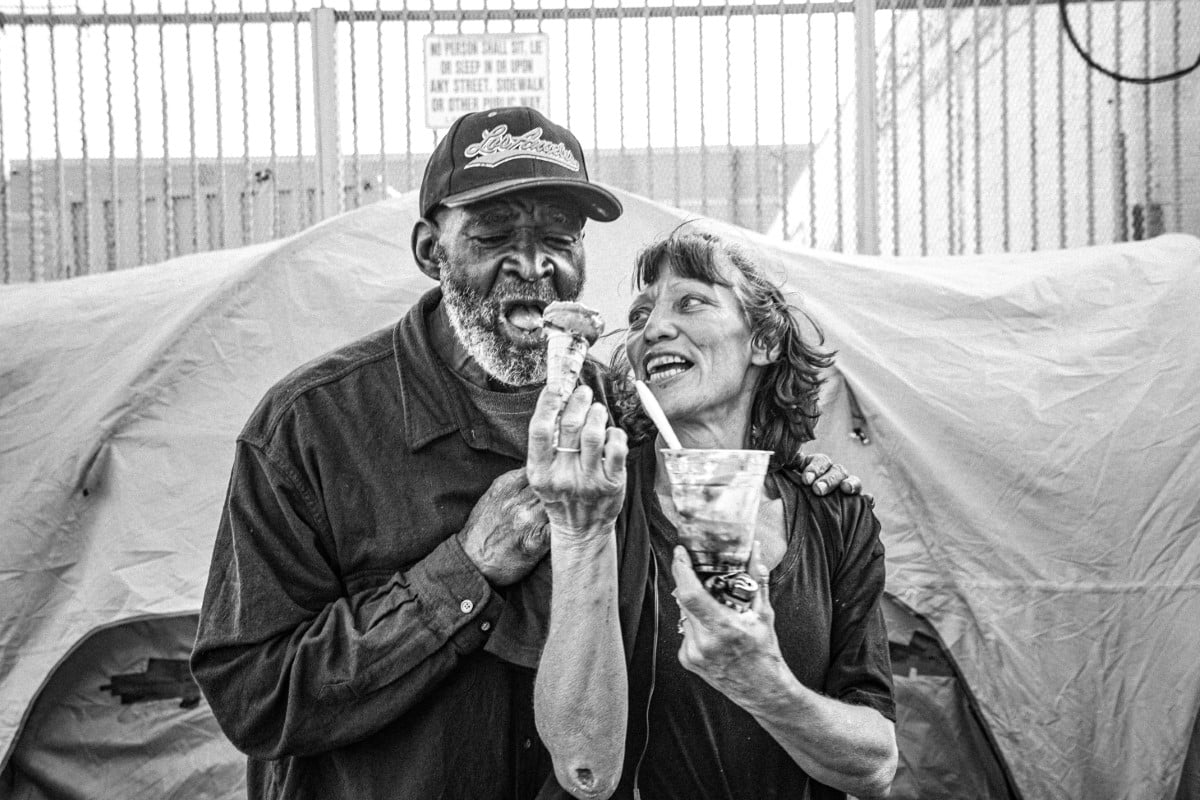
Next, I began writing about our conversations and what I learned from them.
That really changed everything for me.
It combined writing, photography, adventure, and helping people all in one.
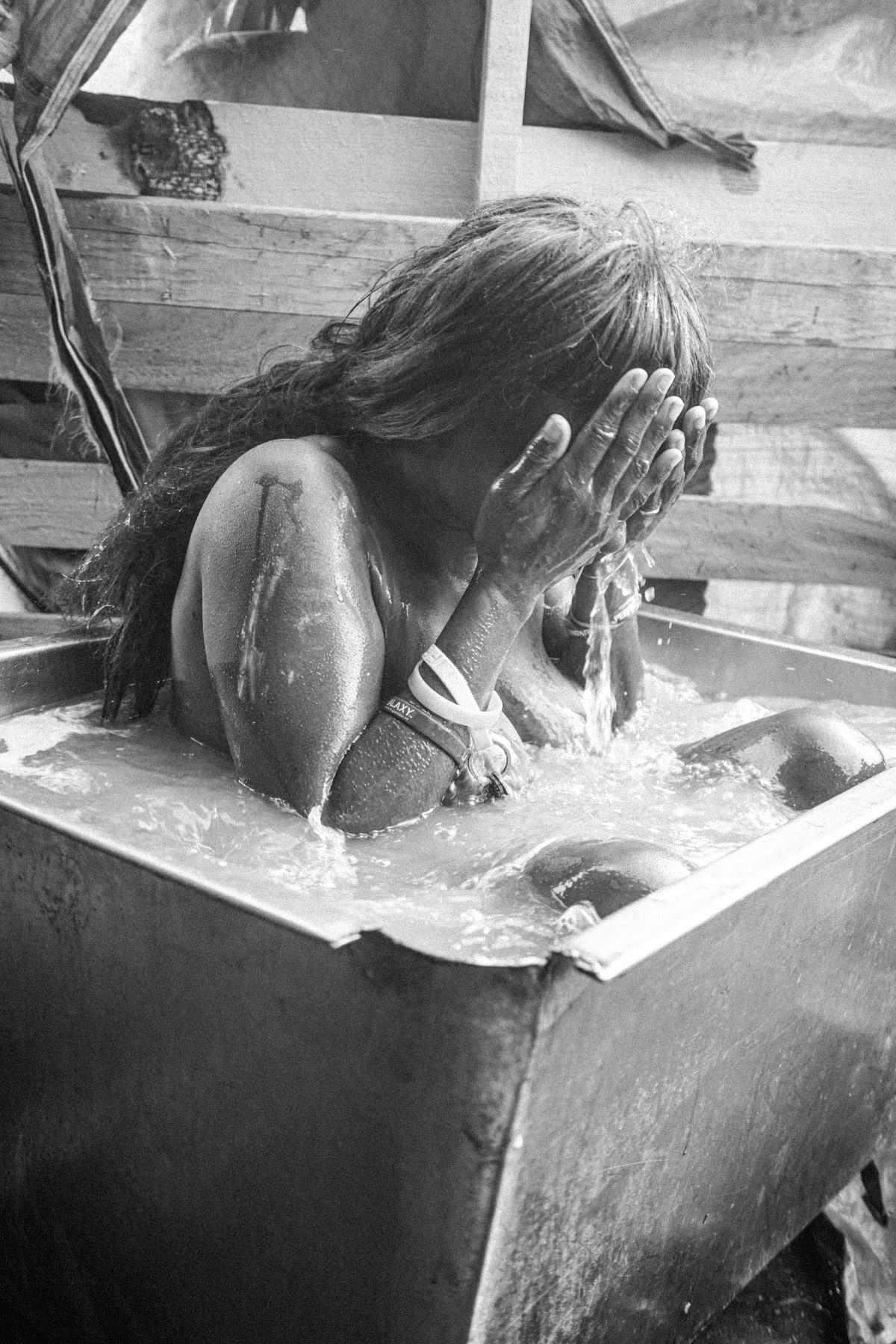
Ive continued to grow in the documentary direction ever since, but I approach my photos like fine art.
I want to show the beauty of people and places.
Im most interested in showing the beauty of overlooked places or misunderstood people.
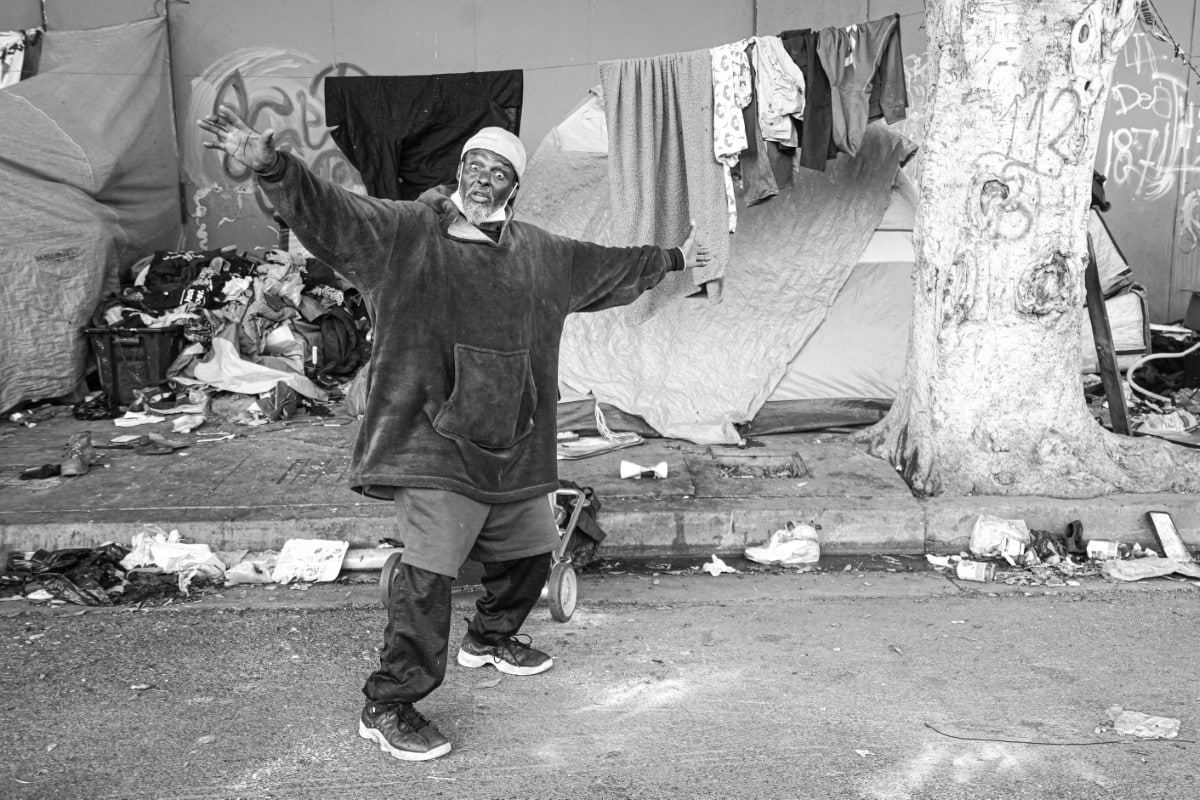
What was your first experience taking images at Skid Row like?
I was scared to go into Skid Row early on.
I continually had to push myself past my comfort zone and go a little further each time.
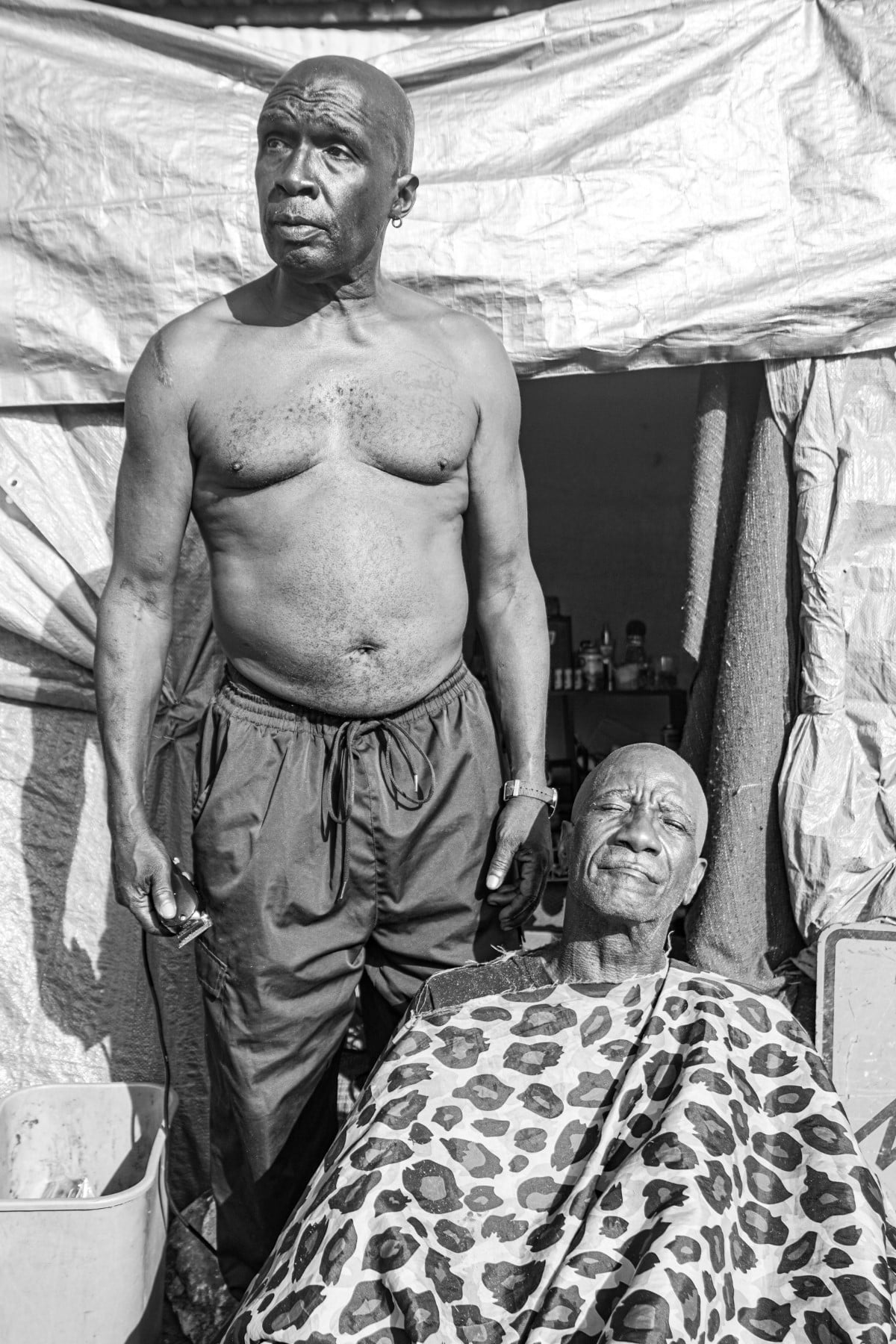
The first experience I can remember is talking with a man who went by the name Old Red.
We hung out at his tent for a few hours while he fried chicken and talked.
His intelligence was on another level.
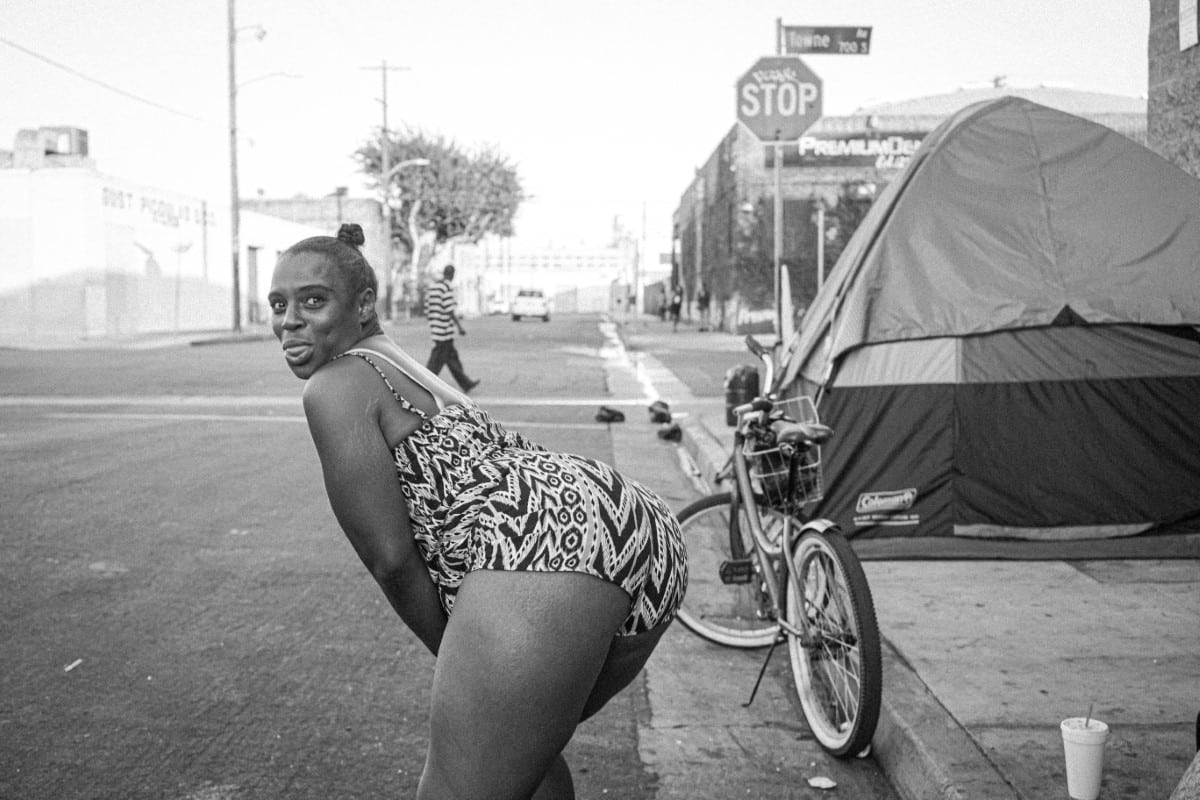
I remember thinking to myself, Why am I surprised this mans intellect is far beyond my own?
I came to the realization that I was not as open-minded as I thought I was.
I knew then that I had a lot to learn.

We all have room to grow.
I get asked this a lot, and the only thing I can surmise is Im genuine.
I really care about the people I meet.
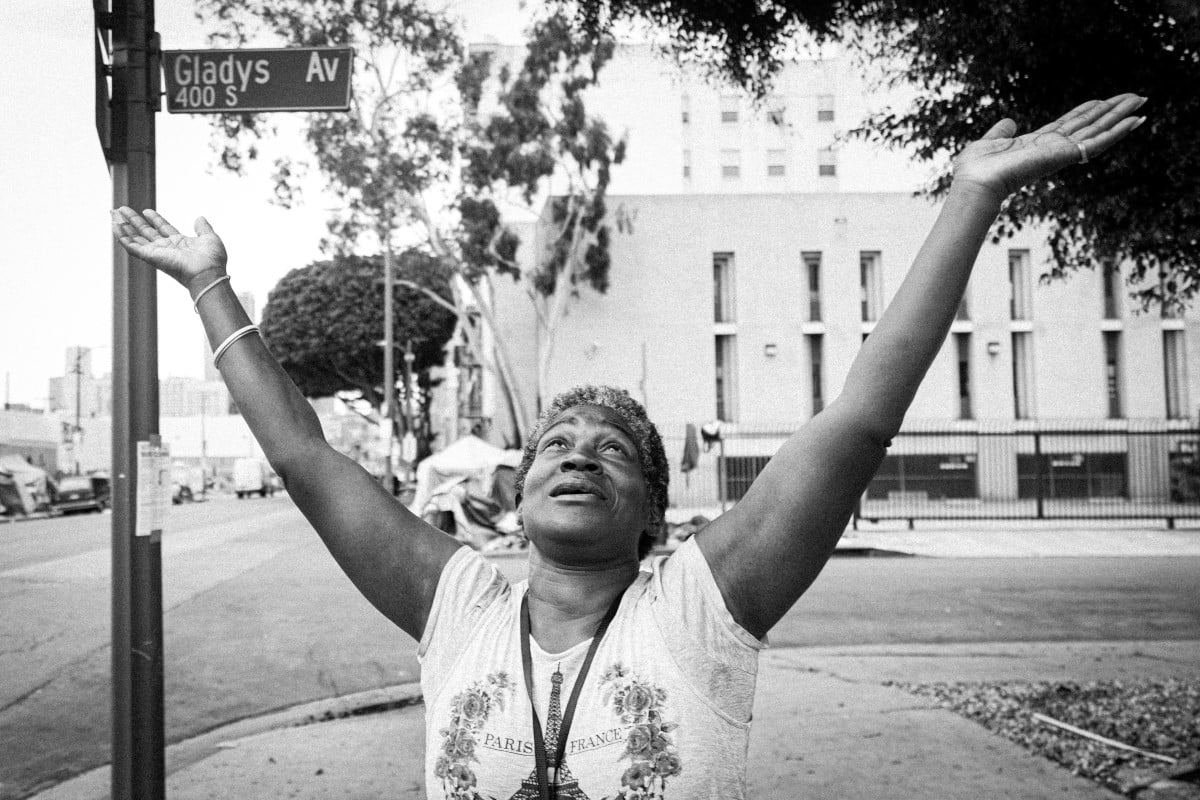
I truly am interested in getting to know them.
The connections I make are real.
I dont always take my camera along.
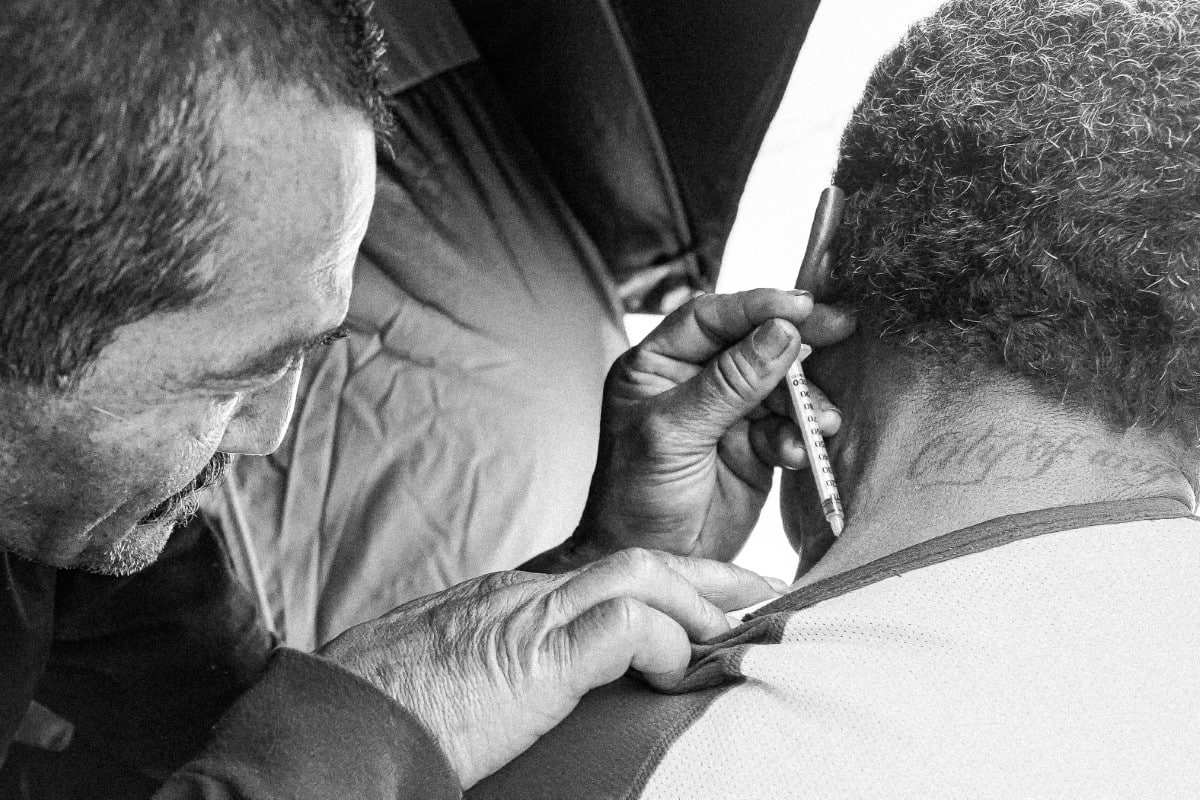
I champion the underdog because I grew up as one.
I really love them all.
What’s the biggest misconception you feel that the public has about people living on Skid Row?
Where do I begin?
People living on the street are highly aware that people look down upon them like they are subhuman.
Each of them is a product of different environments, and no easy road ever leads to Skid Row.
Go say hello and find out.
What’s your most memorable encounter and why?
Im not really a nostalgic person, and I dont do too much looking back.
Nothing stands out specifically.
I look at my time there as a whole.
Skid Row has deeply changed me as a person for the better.
As many people as Ive helped in Skid Row, they have also helped me.
It was years before I realized Skid Row was my own kind of therapy.
All the wonderful people there made me fall in love with humanity again.
What do you hope that the public takes away from these images?
Love and compassion for others even when it’s difficult and doesnt always make sense.
We dont always have to understand everyone around usbut that doesnt mean we shouldnt be kind.